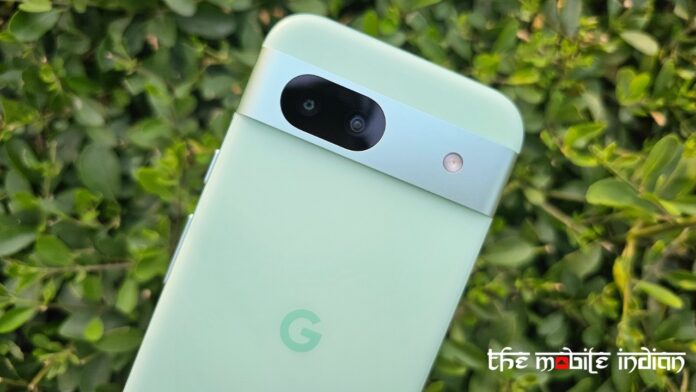Google’s Pixel A-series recently expanded with the launch of Pixel 8a. The formula with the Pixel A series has always been simple: to pack the same punch as the flagships with a few tradeoffs and a cheaper price tag, similar to Samsung’s FE series. However, the Google Pixel 8a isn’t exactly cheap and cannot even be considered mid-range at its starting price of Rs 52,999.
So what does it have to offer at a price point where competition like the iQOO 12, Galaxy S23, and Google’s own Pixel 8 exists? Here’s our answer to the question through a detailed review of the Google Pixel 8a after a couple of weeks of use. We tested it not only on Android 14 but also on the latest Android 15 Beta 2, so you can know whether you can install it or not on your primary device.
Design & Display
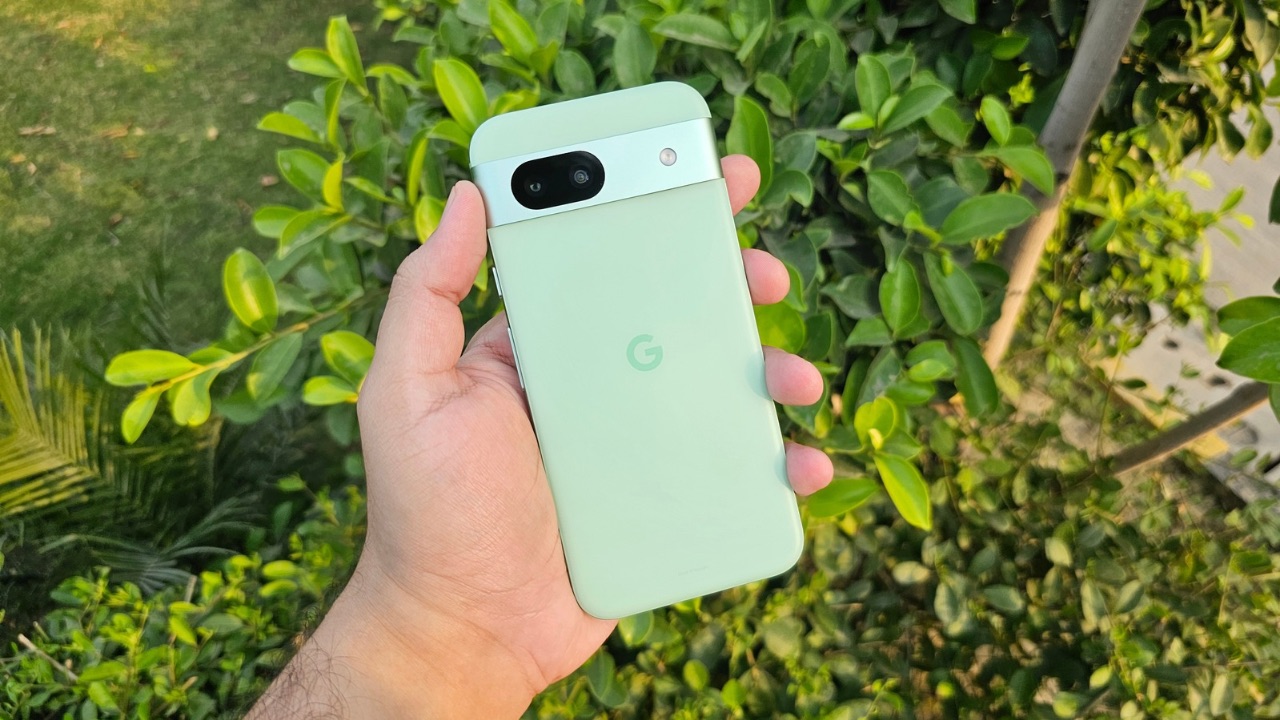
The Pixel 8a carries forward the same design language as its siblings with the distinguishable camera bar. Compared to last year’s Pixel 7a, the Google Pixel 8a is not only more compact but also has a more curvy frame. The aluminium frame paired with the back glass, which gets a matte finish, results in an ultimate premium look and feel. The Aloe (mint) shade is recognisable from far away. It not only looks unique but gorgeous, too.
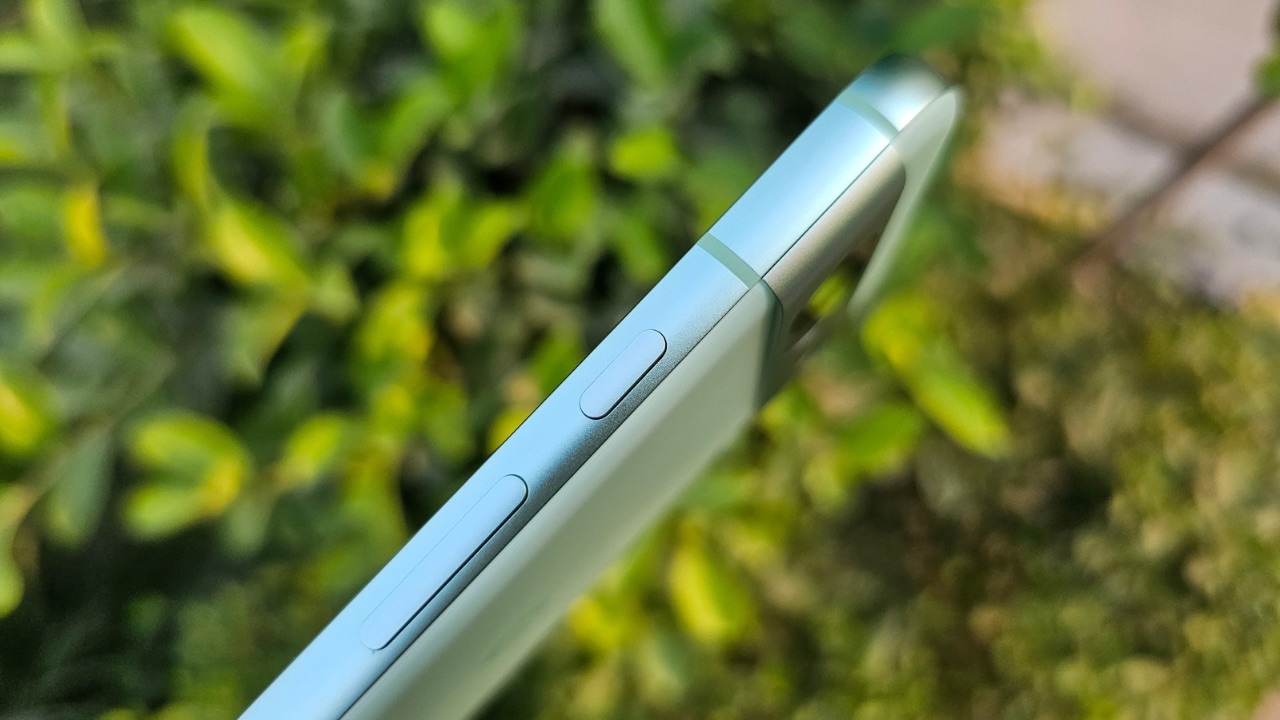
The device is quite compact, similar to the Galaxy S23 and the S24, where you can easily reach all corners of the display with one hand. I’d like to highlight the volume and power buttons on the Pixel 8a, which stand out as some of the highest-quality buttons I’ve encountered on a smartphone. They are rigid, feel tactile when clicked, and are the perfect size. The positioning of the buttons could have been better with the volume rocker on the left, but you will get used to it quickly.

Again, the Haptics are tight and premium, and the implementation of the vibrations across the system UI elements is well done. The stereo speakers on this Pixel phone are loud and have some bass as well. The stereo separation is clear, and listening to music or watching content with audio coming from the speakers was an overall decent experience.
Coming to the display on the front, it’s a 6.1-inch full-HD+ OLED display with a Resolution of 1080 x 2400 pixels, and a 120Hz Refresh Rate. Further, the display gets a 20:9 aspect ratio, up to 2000 nits peak brightness, Gorilla Glass 3 protection and 430 ppi of pixel density.
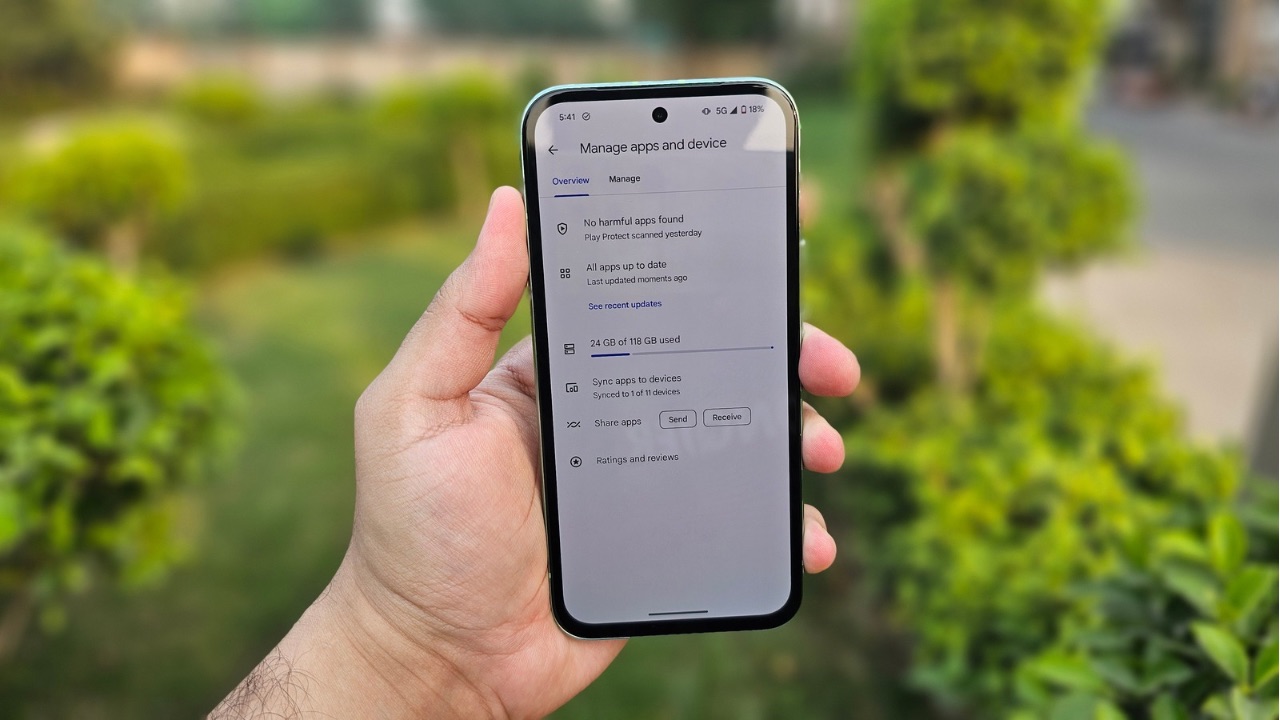
The specs of the display are impressive and so is the panel in real-world use too. It gets quite bright under direct sunlight, and the text and other content look sharp. The actual display reproduces natural colours that aren’t too vivid but look decent. The viewing angles look okay, with a slight rainbow effect when watching from a certain angle. The in-display optical fingerprint sensor is slightly slow in terms of unlocking speed but works accurately in the detection of the fingerprint.
Talking about the elephant in the room, the bezels have received enough criticism online from social media users and tech enthusiasts alike, and I feel they deserve that, as they look terrible. They would have looked acceptable if it was a bigger display, but with a 6.1-inch, I still can’t get past its intrusive nature, even though I have been using the phone for weeks now. Samsung’s implementation of the bezels in compact phones with Galaxy S23 and the S24 is, hands down, the best we have seen so far.
Performance on Android 14
The Google Pixel 8a is powered by the Tensor G3 chipset, the same as the Pixel 8 and 8 Pro, paired with 8GB RAM and up to 256GB of storage. At its price point, Google should have offered a minimum of 256GB, as 128GB is a lot less for today’s apps, which are becoming more resource-hungry and bigger in size.
Meanwhile, the Tensor G3 chip isn’t known for its performance but for its poor handling of thermals. Such results could be replicated in the Pixel 8a, too, but the situation with thermals never went out of control. The device did get warm at times, even during regular use, such as when listening to music, using it on 5G, scrolling through social media, or while downloading content and because it’s an aluminium frame, the heat was being evenly distributed across the frame which sometimes made the phone uncomfortable to hold.
Again, it performed worse than some smartphones, which I felt would handle such situations without getting warm, but it was still much better than what I had expected it to be. Moreover, the thermals don’t seem to throttle performance much, as I didn’t notice any sort of lags even when the phone was hot to the touch. The Tensor G3 Processor isn’t the best chip for gaming or other demanding activities, but it handles daily tasks without any major issues.
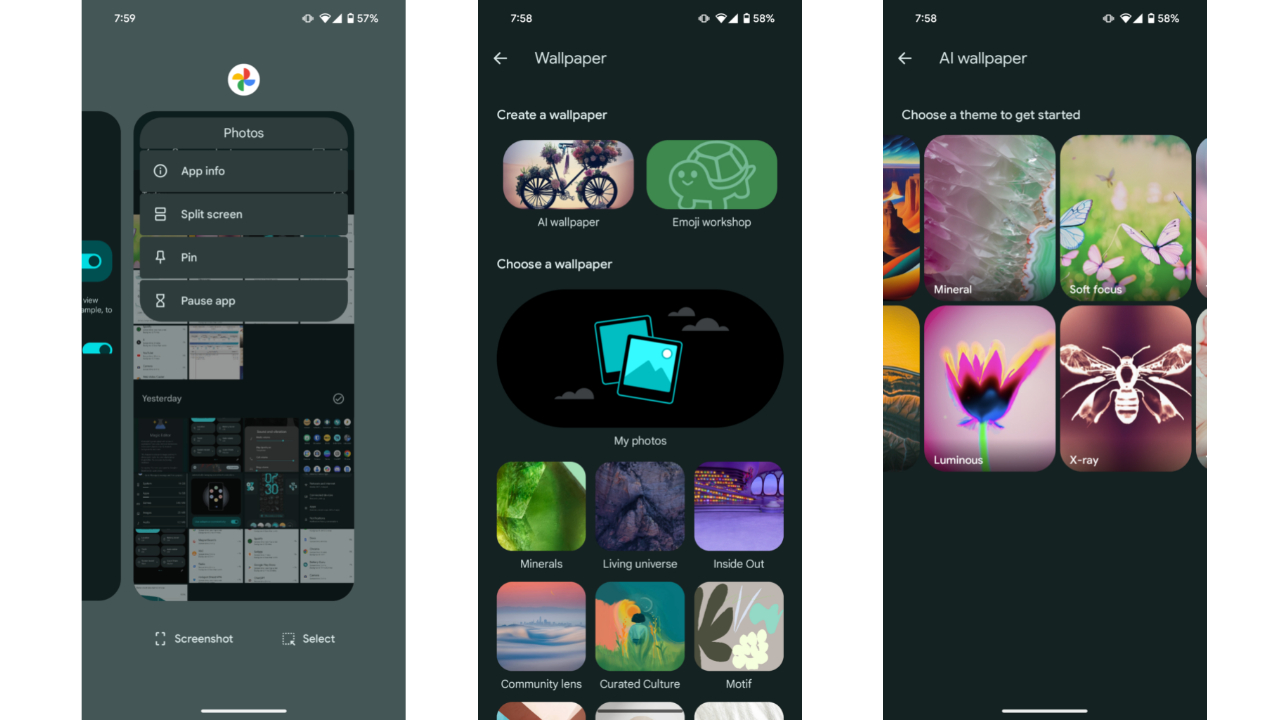
If you are someone who wants to game, iQOO 12 and the Galaxy S23 are much better options in the price range. One of the standout features of the Google Pixel 8a is its exceptional software experience, continuing the tradition of previous Pixel devices. It’s as fluid as it can get on an Android device with a decent amount of customisation available for various system elements, such as the lock screen, overall UI colour based on wallpaper colour and more.
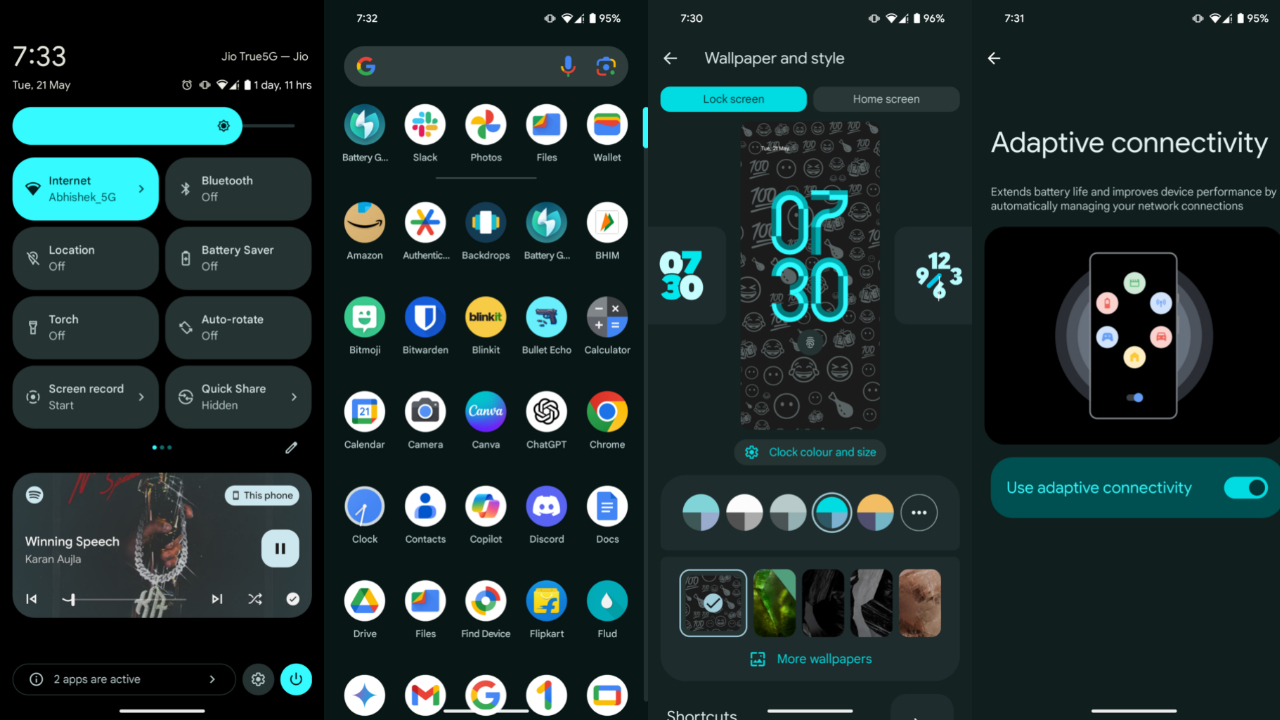
The UI is comfortable and easy to use, so even newer users can get the gist of it quickly. Other Android skins, such as One UI or HyperOS, could be a little overwhelming at the beginning for new buyers, but with the Pixel, you wouldn’t face that issue.
Even though it was running on stable Android 14, I did encounter a couple of bugs, such as the screen frozing for a couple of seconds, the Gmail appcrashing, and the animation stutter that I noticed while opening and closing apps quickly.
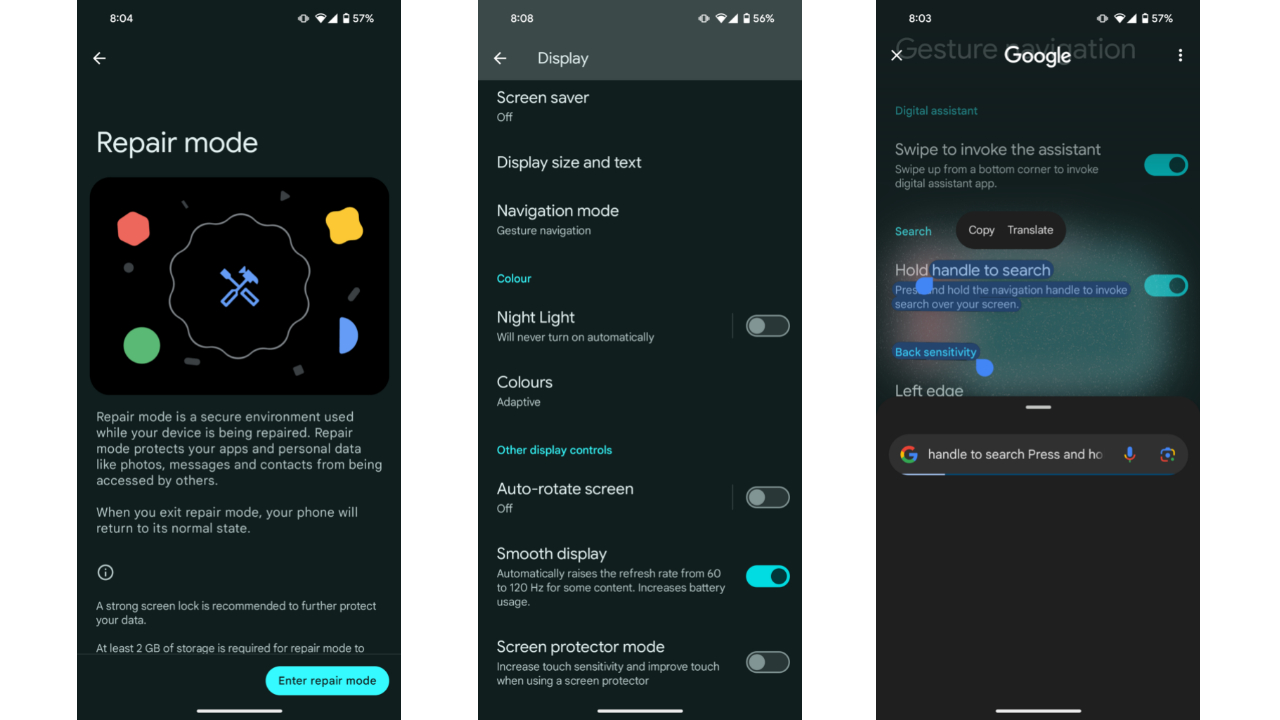
Besides, animations are near perfect in other scenarios, and even when switching through apps quickly, I never noticed any jitters. However, I did feel the absence of some features that other Android skins offer, such as double tap to wake up the display or lock it, Always-on display schedule, and Always-on display customisation. It does offer a single tap-to-wake feature and pick up the device to light up the screen, but I don’t find them as user-friendly as the double-tap functionality.
The device was running on the May 2024 security patch out of the box, and updates haven’t really been an issue on Pixel devices, so there’s nothing to worry about in that area. 5G performance could have been better as I faced a few network drops, but apart from that, Wi-Fi and Bluetooth performance remained optimum.
Performance on Android 15 Beta 2
Once I was done testing the device on Android 14, I installed Android 15 Beta 2, and I can claim that it’s not stable enough for your primary device yet but is still usable on a daily basis. That’s because I haven’t run into any serious issues that have hampered my daily usage, apart from minor system UI reboots once or twice a week.
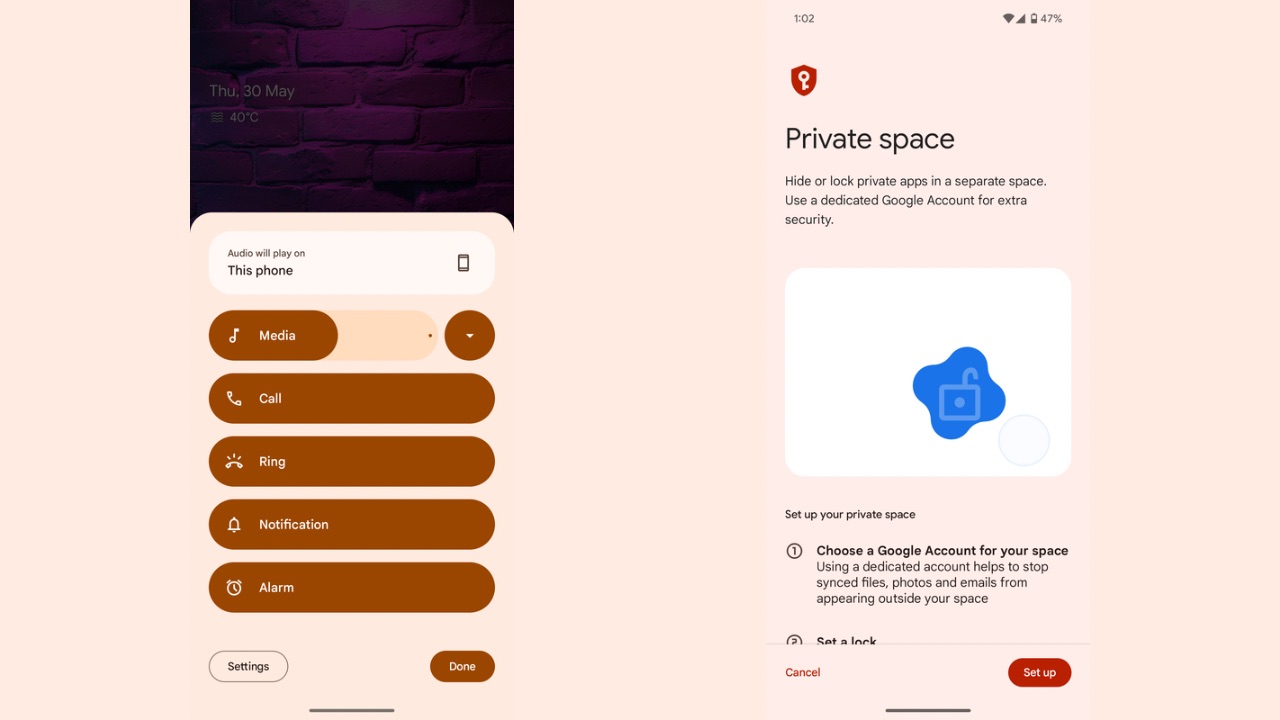
Payment apps such as Google Pay, Paytm, Kotak Bank app, and more work without any issues, and animations are similar to those of Android 14. Features like Private Space are a welcome addition. Battery life also remained very similar to what I got on Android 14, even though Google claims that it has implemented some improvements in the background, which should result in better backup than what you were getting on Android 14.
Battery Backup
The Google Pixel 8a packs a 4492mAh battery and has 18W fast wired charging support with 7.5W wireless charging as well. For a battery of that size, I’d say I got decent backup, where I could stretch it to a maximum of close to 6 hours of screen-on time, including usage such as 120Hz gaming (Bullet Echo), Wi-Fi connection enabled, AOD enabled, scrolling through X and Instagram, browsing the web, and chatting on apps like WhatsApp and Telegram. It lasted me about 19 hours in total.
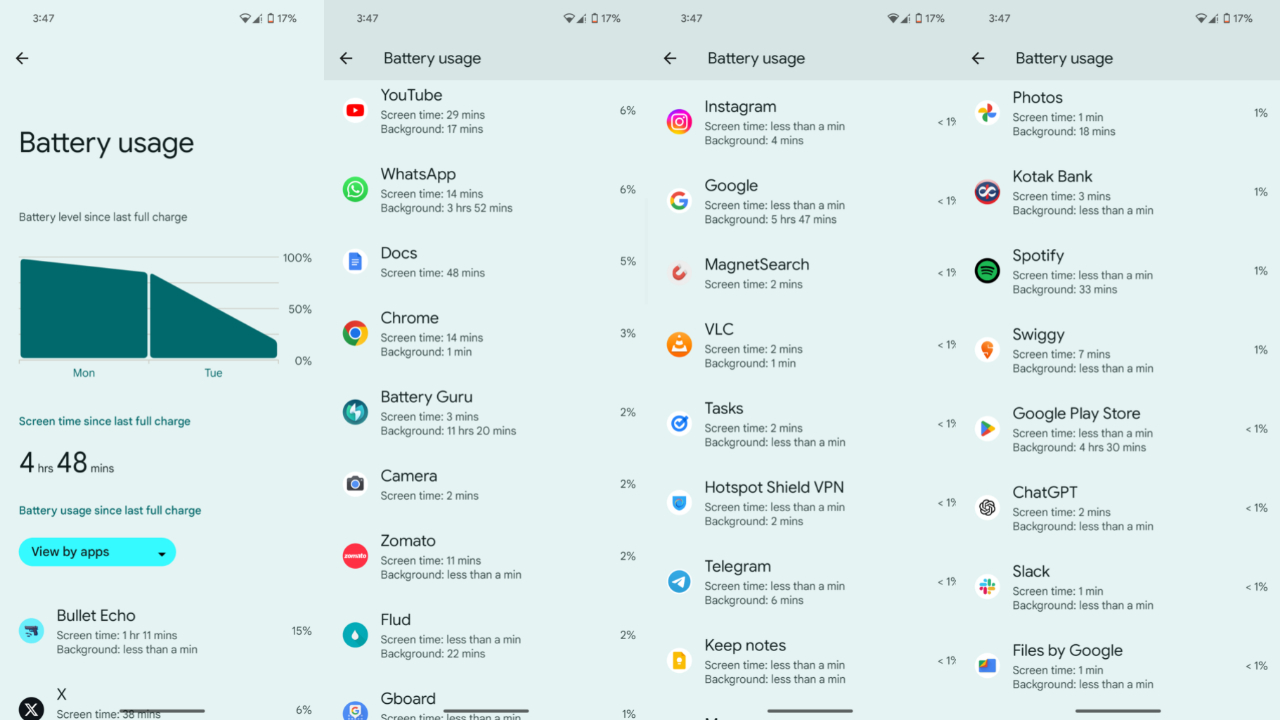
In another cycle, I removed the gaming part while the remaining usage pattern was similar, and the phone could run for up to 24 hours while the screen-on time dipped by half an hour, from 6h to 5h 30m. It could have been offered better if the standby drain wasn’t so high, where I was losing about 6 to 7% each night when I was asleep.
When I turned off AOD, it did improve and went down only by 2 to 3%. However, this shouldn’t have happened because even when AOD was ON, I kept the phone screen facing down, which usually turns off AOD automatically, but for some reason, it didn’t do that.
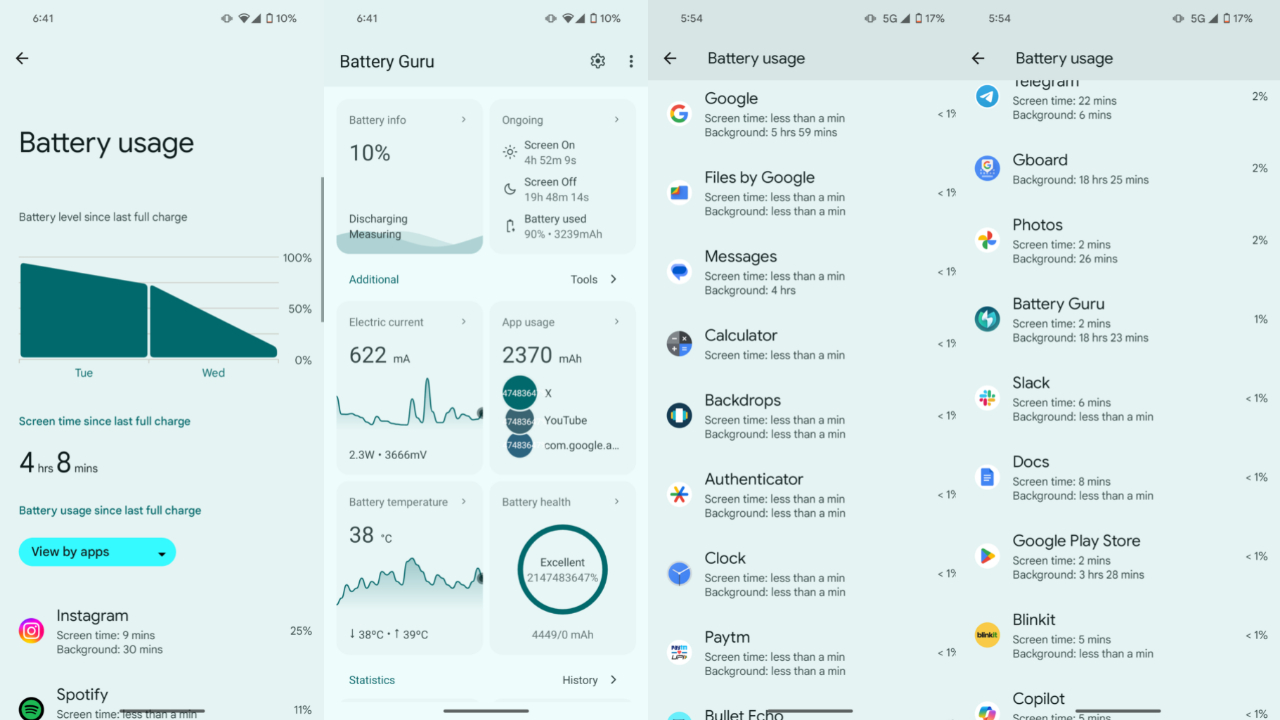
There’s also a bug in the OS that causes the screen-on time in the battery stats page to not update accurately, so I had to rely on a third-party app. You can notice in the screenshot above that the screen-on time shown in the App differs from that of the system battery stats (about a 45-minute difference), but the one shown in the app is the accurate one.
Unfortunately, the bug is present in Android 15 Beta 2 as well. The overall battery backup on Android 15 Beta was again quite similar to that of Android 14 and neither did I notice any major improvement nor a degradation in battery runtime.
It’s not the most long-lasting backup, and devices like the Galaxy S23 and S24 have easily lasted me more than a day, but I can say that the Pixel 8a’s battery backup is acceptable.
What’s totally unacceptable and disappointing is the charging time. The device can easily take up to 2 hours to charge from 0 to 100% with the fastest possible charger, which is just painfully slow. Competitors are far ahead in this area, with some offering a charge time of below 30 minutes, and I think it’s one of the most significant drawbacks of the Pixel 8a.
Cameras
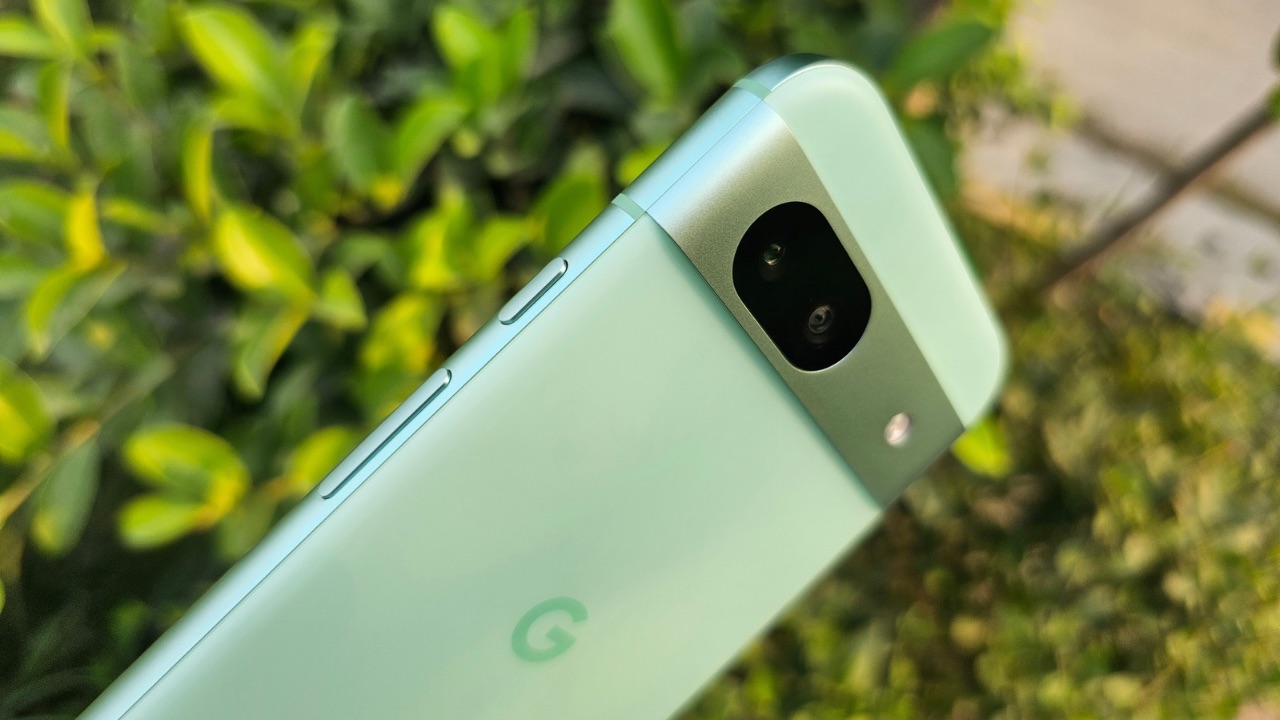
The Pixel 8a has a dual rear camera setup: a 64MP f/1.89 IMX787 sensor paired with a 13MP f/2.2 IMX712 ultra-wide-angle sensor. On the front, there is a 13MP f/2.2 sensor.
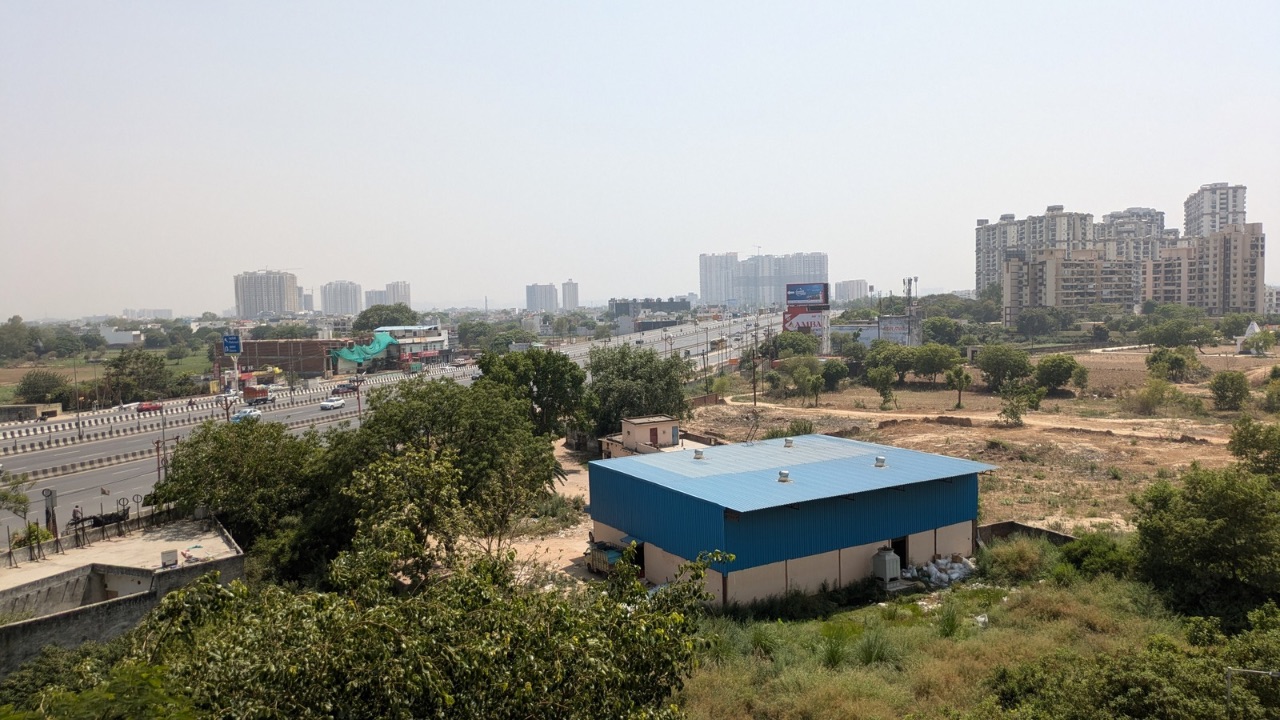
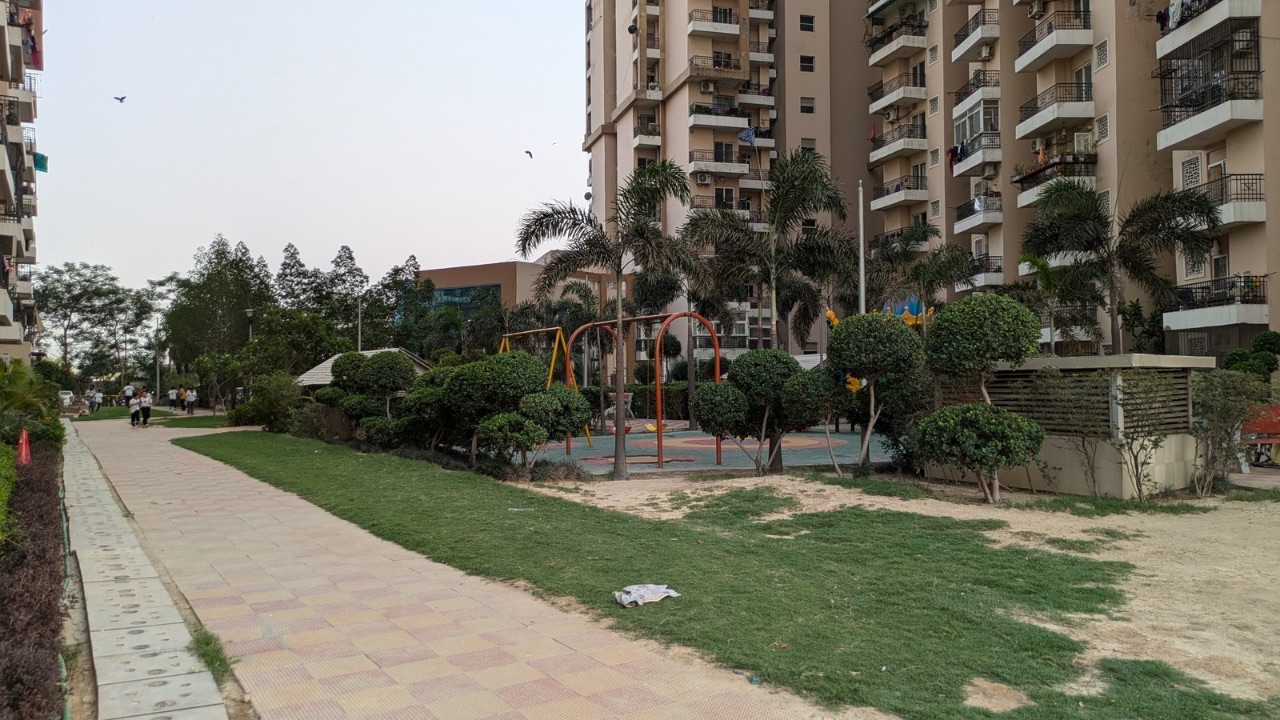
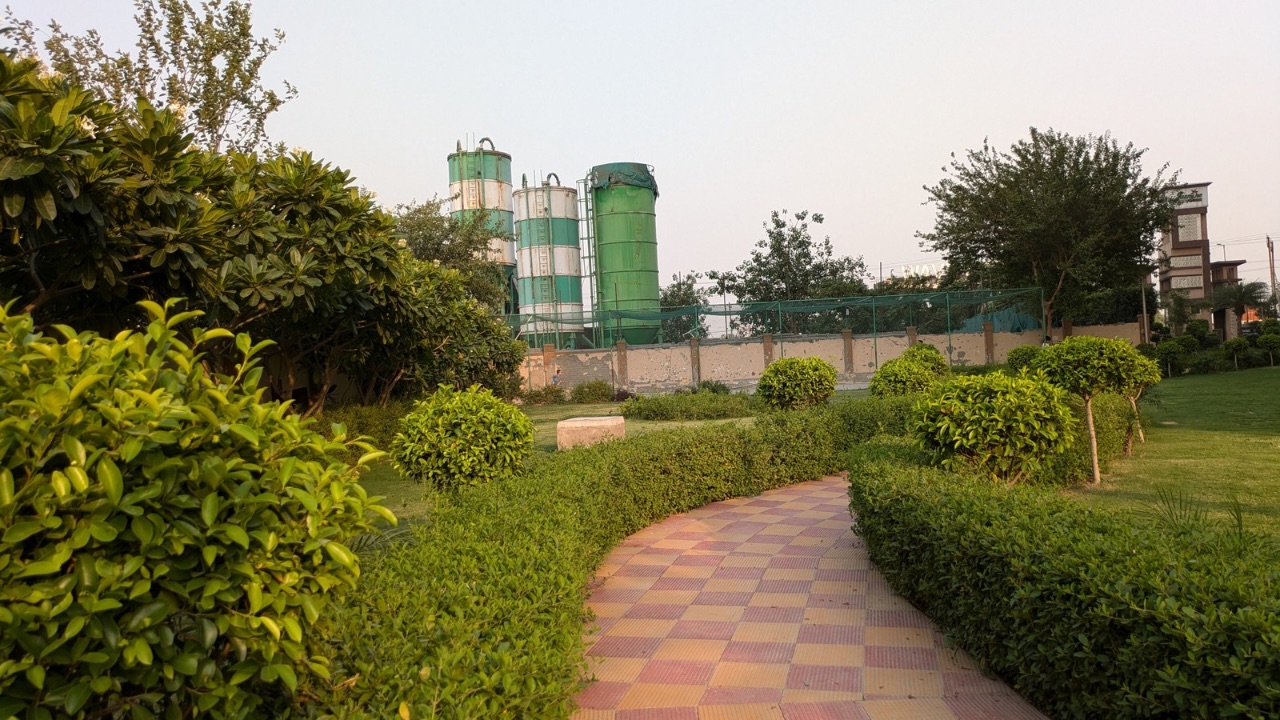
The Pixel 8a shoots with the most natural set of colours possible, at least when shooting outside. Google has mostly excelled when it comes to cameras on Pixel devices and it has replicated the same formula here as well. The photos aren’t vivid but look quite lifelike. They have a high level of detailing and are sharp enough. Thanks to Ultra HDR technology, the dynamic range is well handled too.
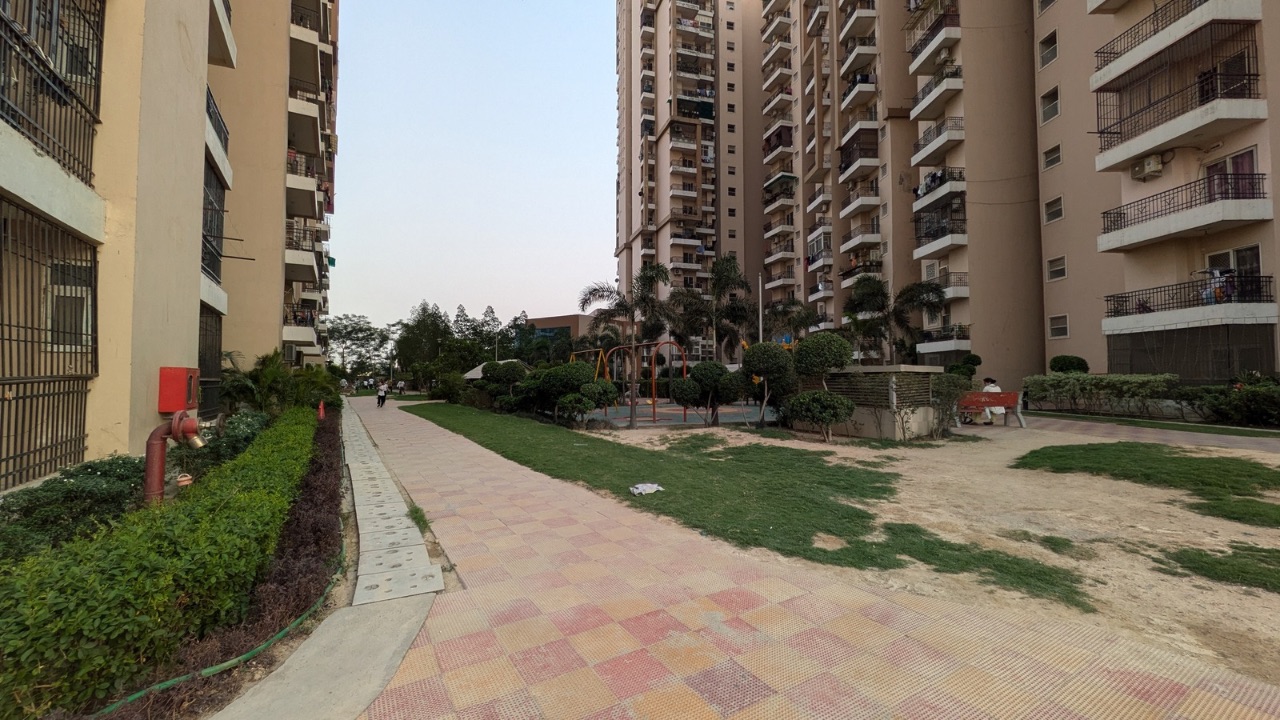
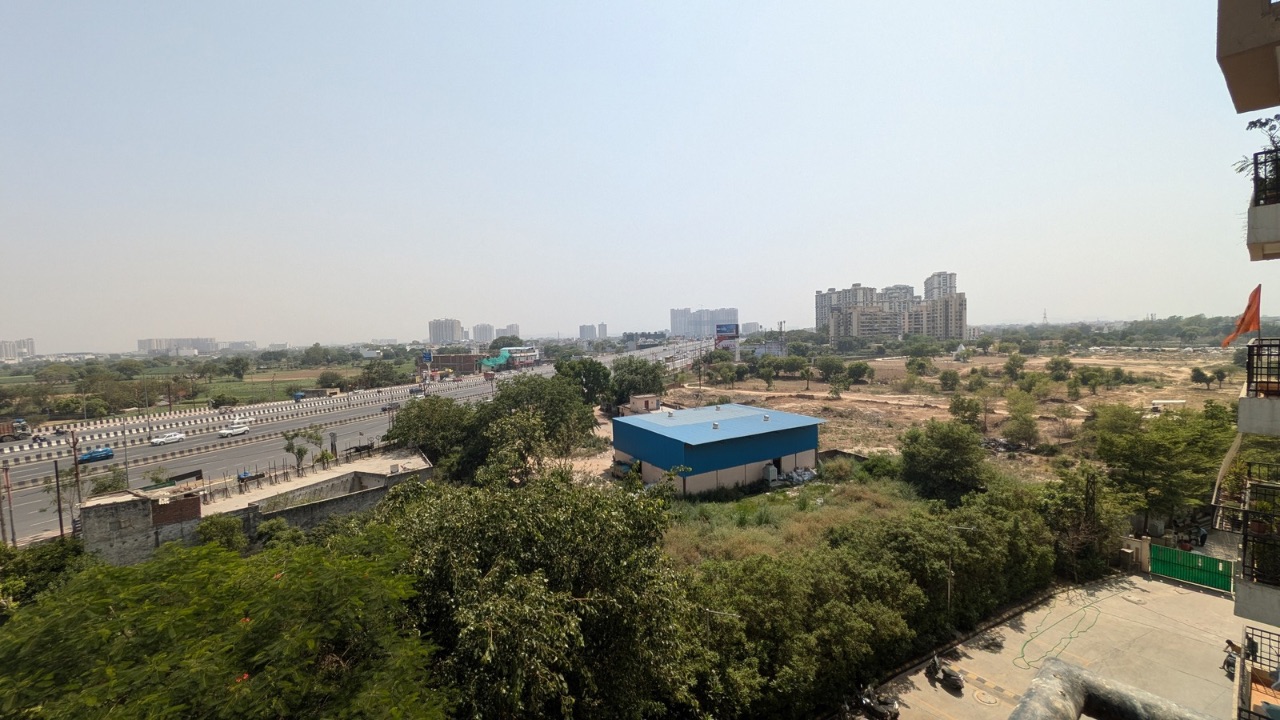
The ultra-wide-angle sensor shoots photos with colours that are not too different from those in photos clicked by the main sensor. Compared to the main sensor photos, the detailing is slightly lower but still impressive. The distortion at the edges could have been better, but the sharpness is well-maintained. The dynamic range, again, is likeable.
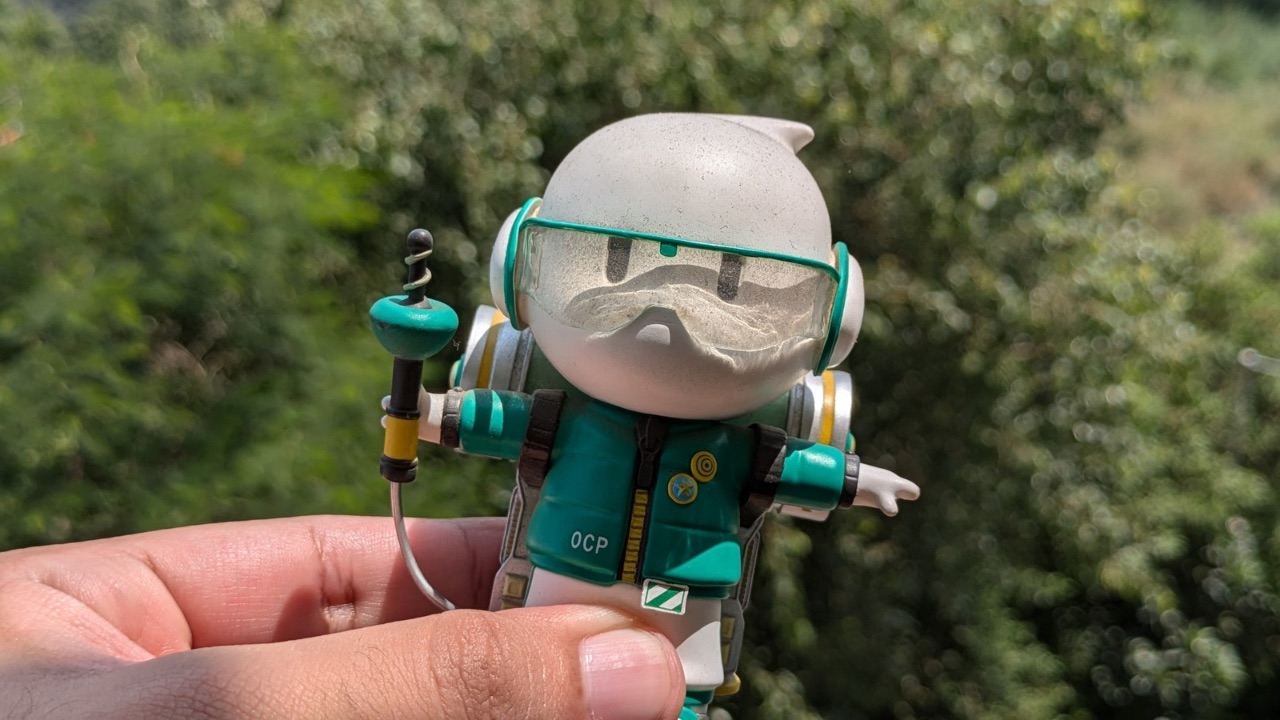
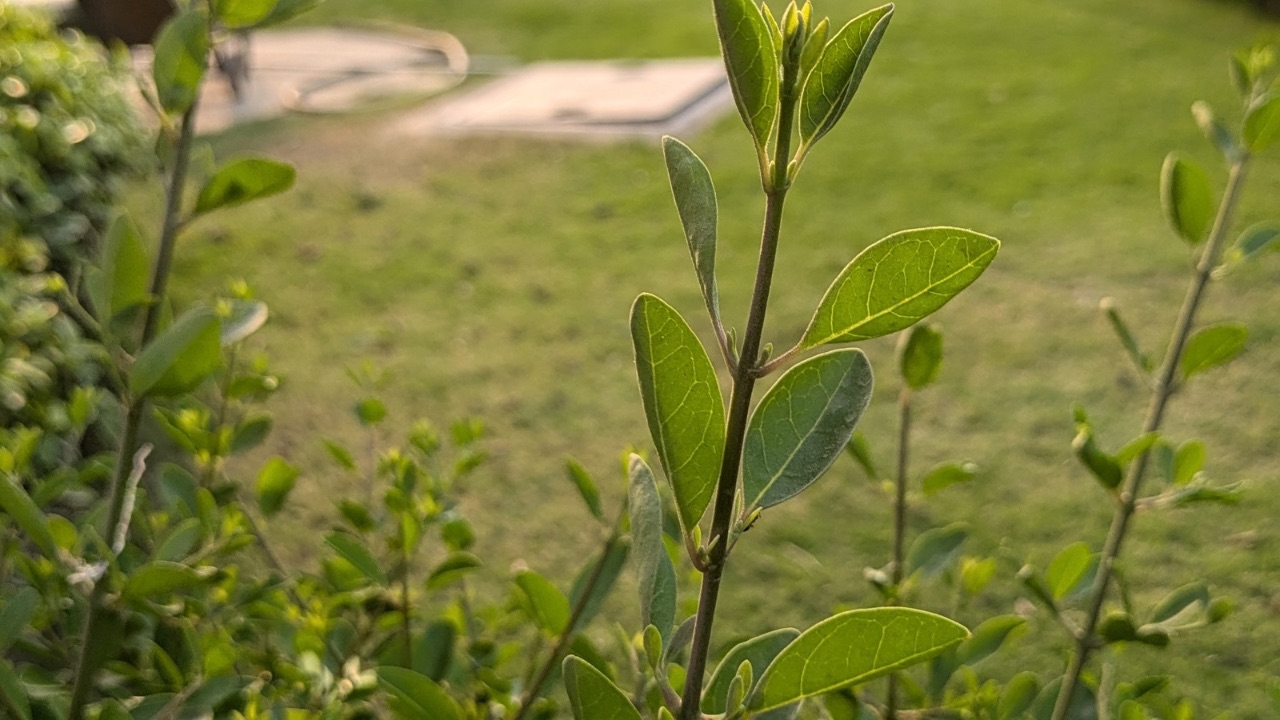
Portrait photos have near-perfect EDGE detection while detailing is off the charts. Sharpness remains high while colours look consistent to what we saw with the main and ultra-wide angle shots.
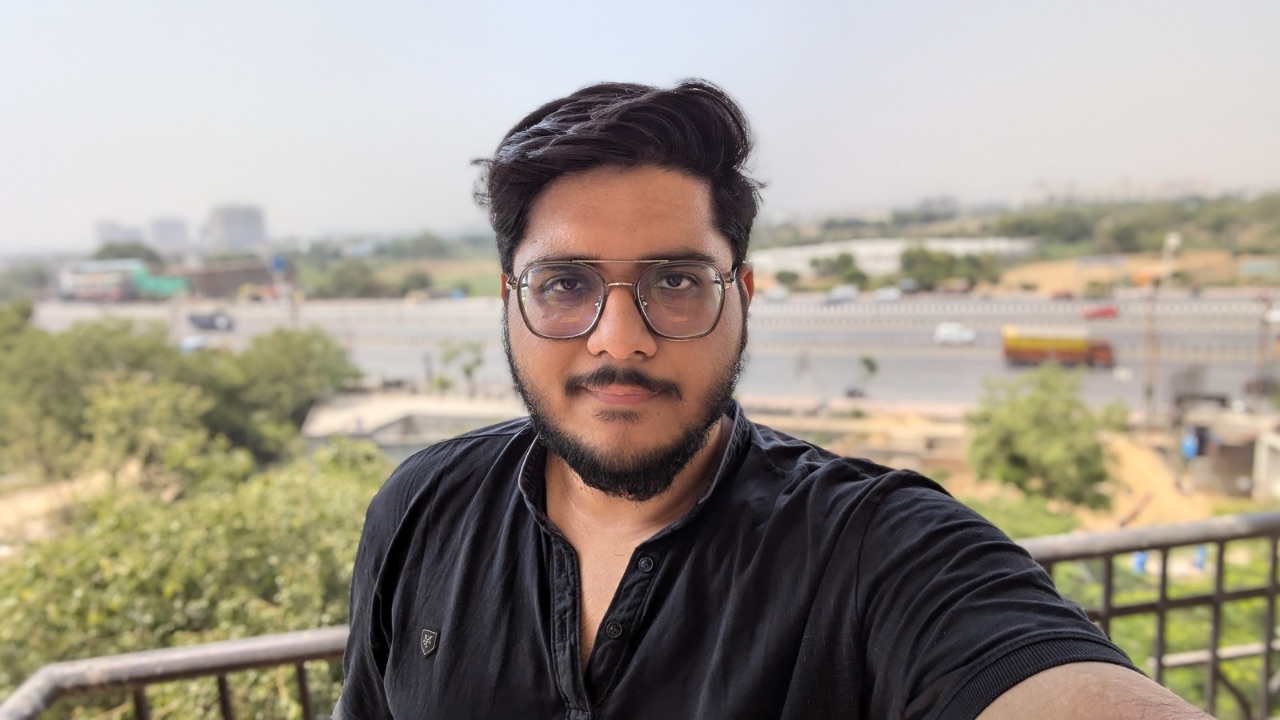
Surprisingly, Google has also been able to maintain the same colour consistency in selfie photos. However, I feel the skin tone could have been better managed, and the level of detail isn’t as high as in other photos we took with the Pixel 8a.
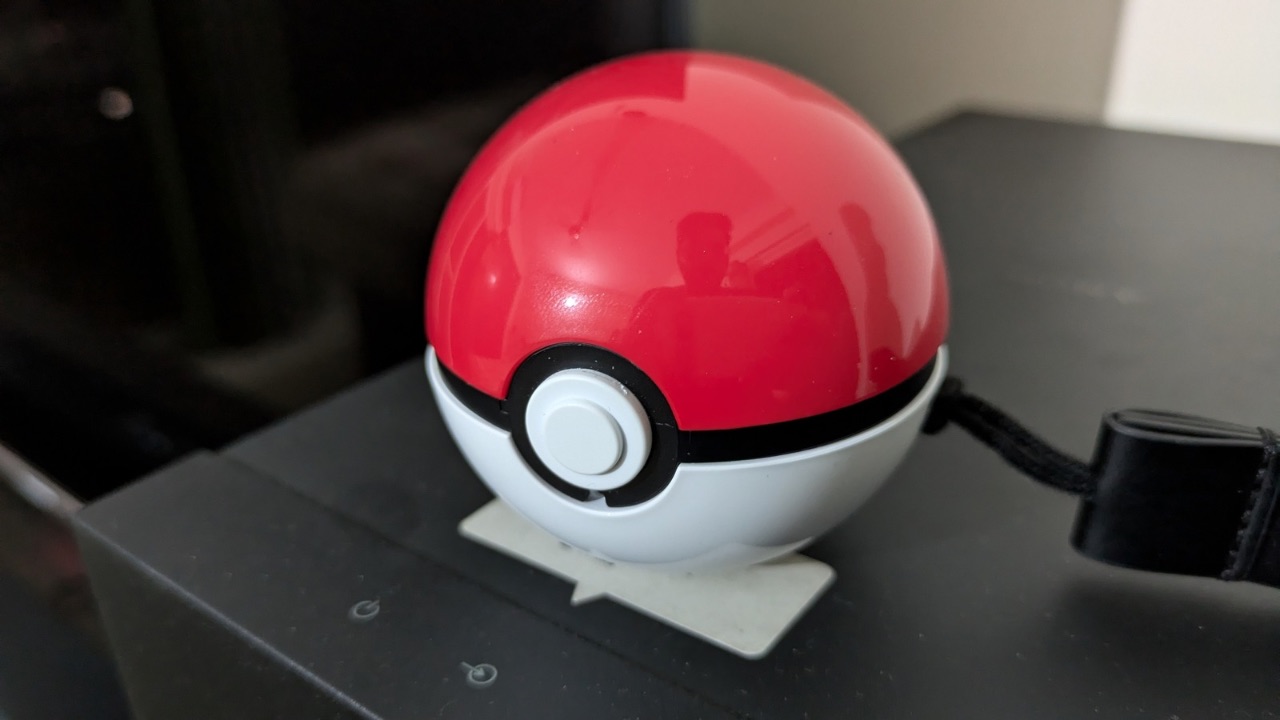
Under artificial lighting, the Pixel 8a maintains lifelike colours and details. As long as you provide this camera with enough light, it will deliver great results.


In low-light situations, the photos have slight noise, and the details and sharpness take a slight hit. The colours, on the other hand, still look appreciated. Night shots are excellent in terms of colour tone, but again, the photos sometimes appear soft.


